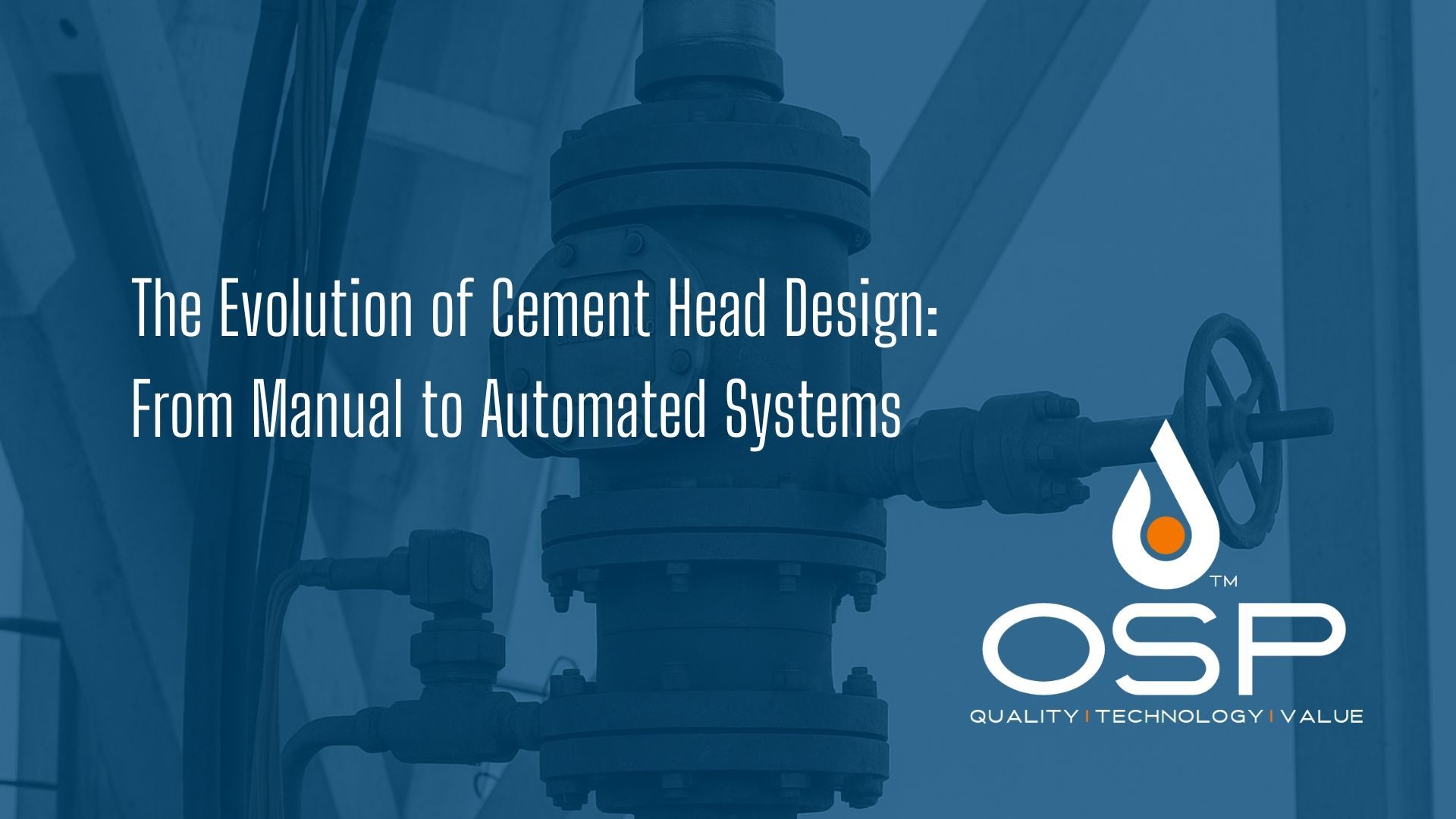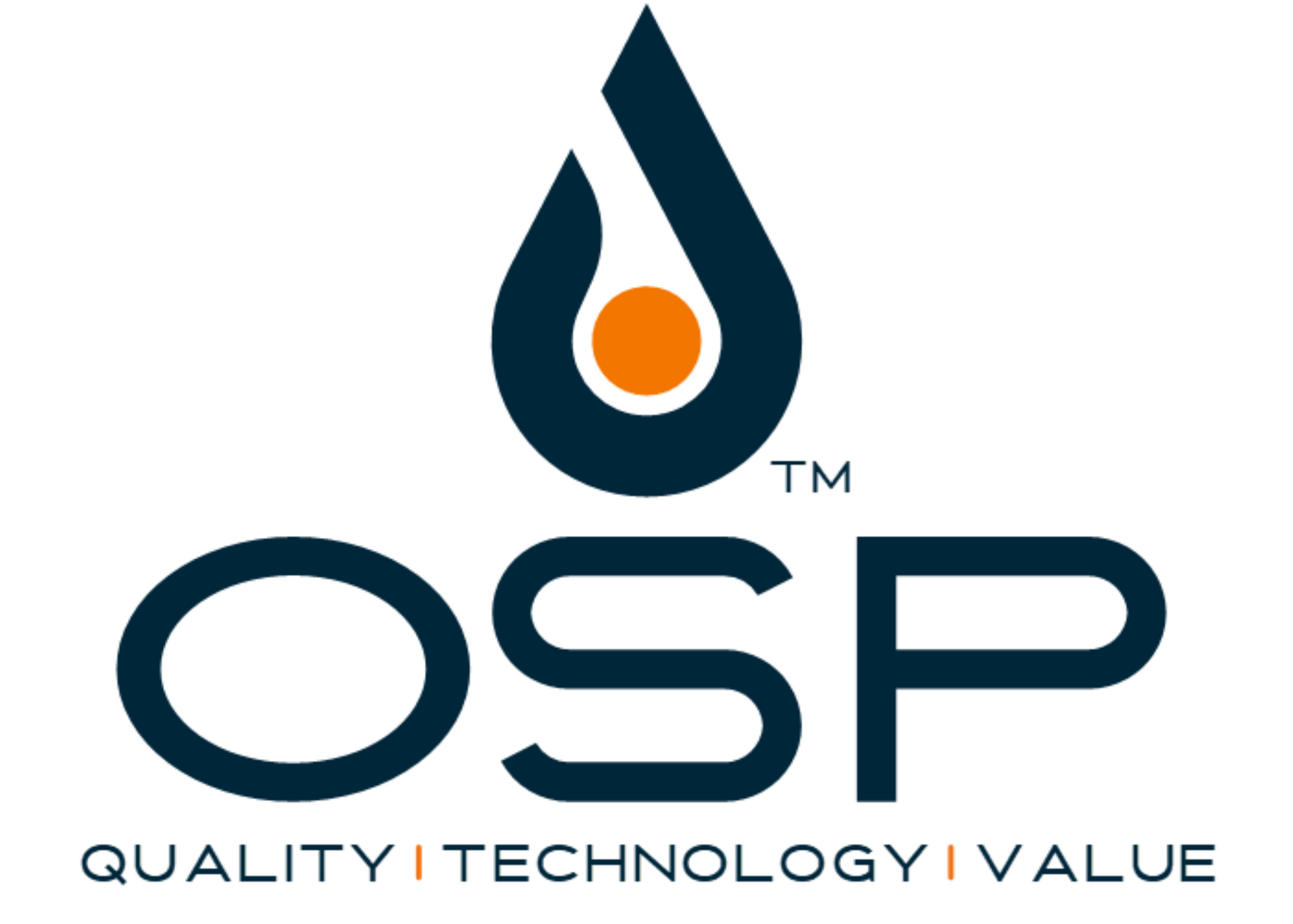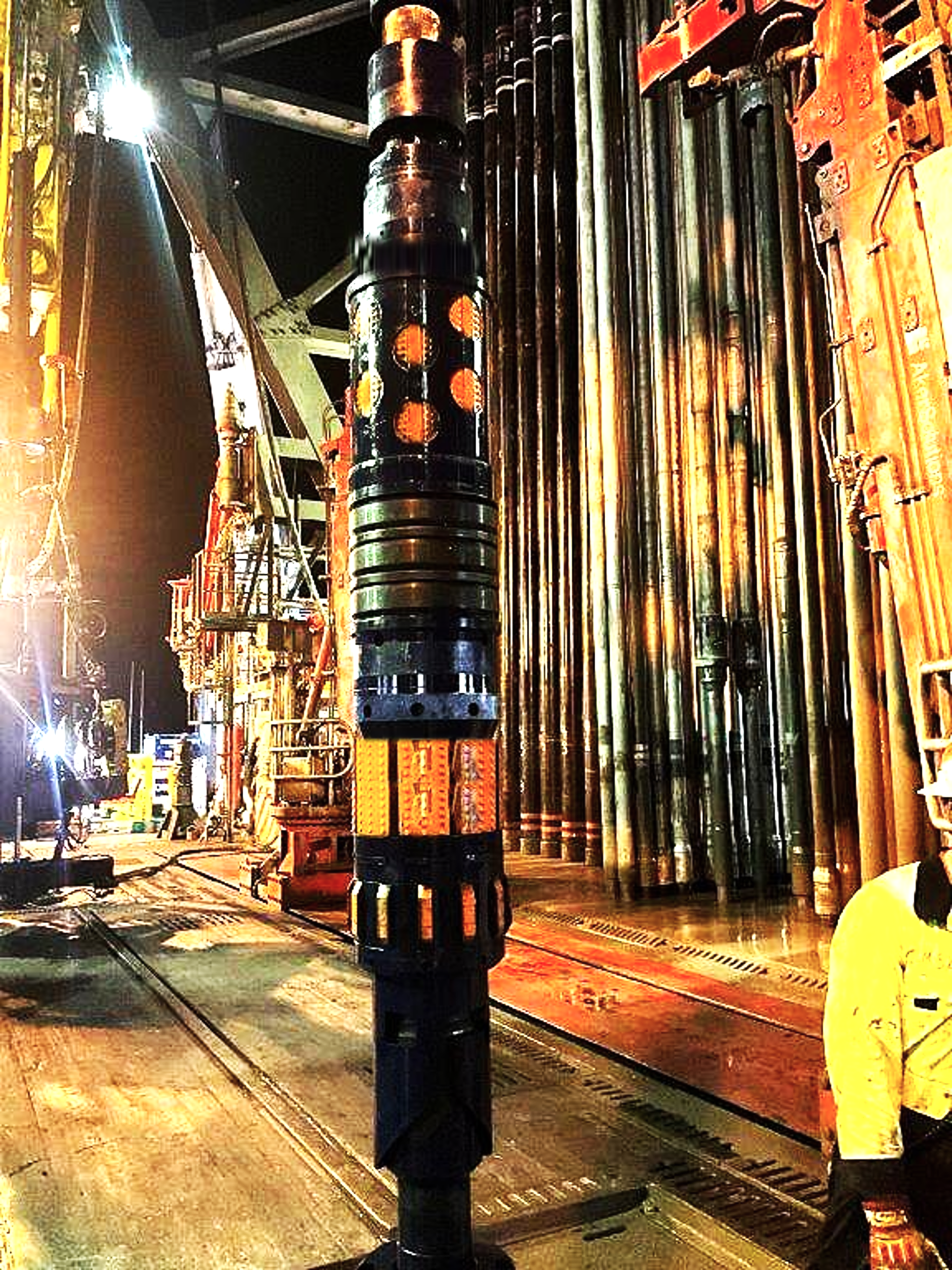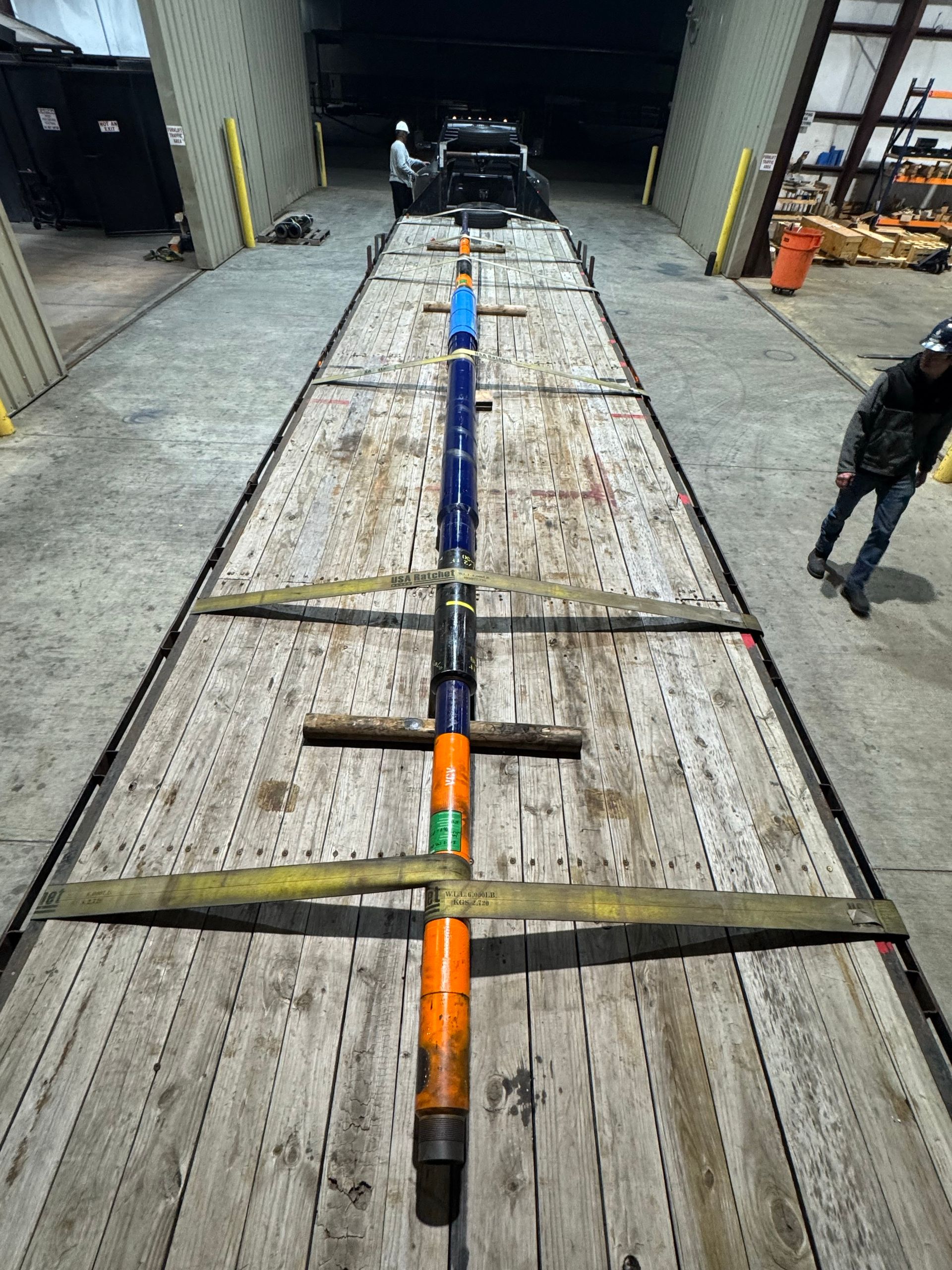Redefining Well Integrity: How OSP’s Drillable Technology Suite is Changing the Game
Meeting the Demands of Modern Wells
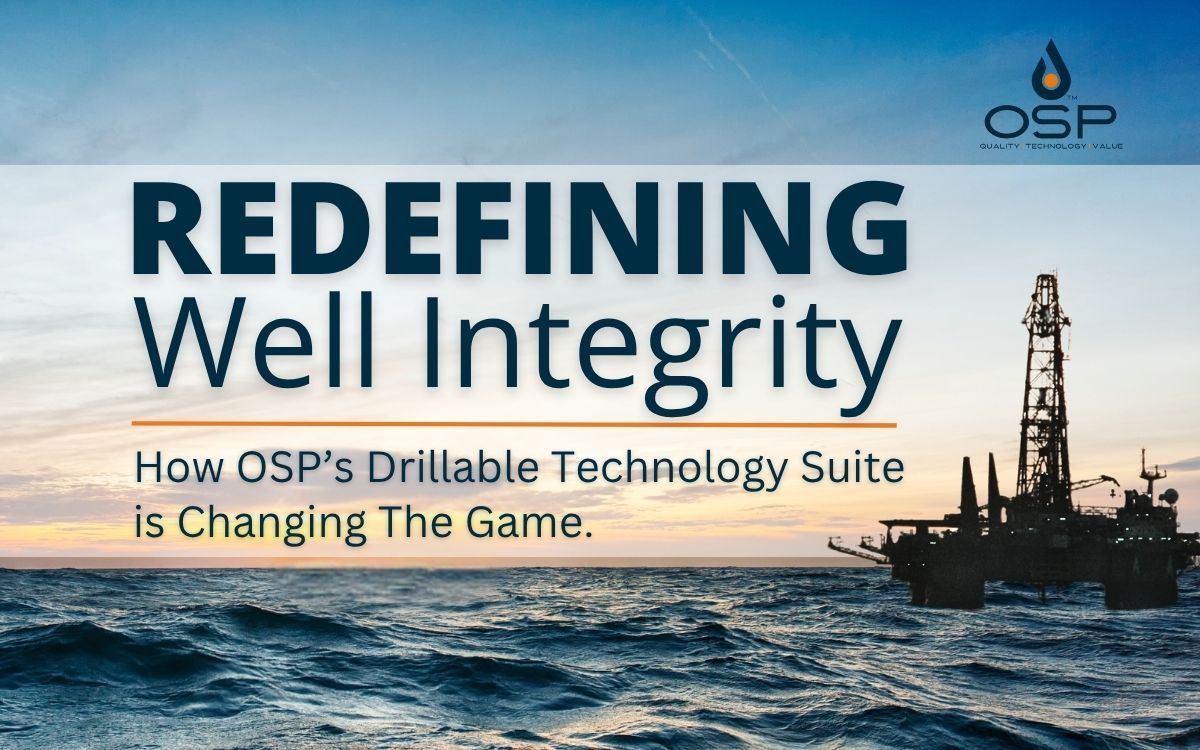
Today’s drilling and completion projects demand barrier systems that perform reliably—whether onshore or offshore, shallow or deep, HPHT or standard wells. When conventional drillable retainers and bridge plugs fall short, the result is the same: lost time, higher costs, and compromised well integrity.
Oilfield Service Professionals (OSP) has developed a modular suite of drillable solutions—BarrierPro™, SqueezePro™, and MultiPro™—designed to perform in any wellbore environment. These systems have been proven in the most extreme HPHT wells, but their efficiency, adaptability, and reliability deliver clear value across all applications.
The Problem: When Conventional Barriers Aren’t Enough
Conventional drillable cement retainers and bridge plugs often struggle with:
· Poor reliability across casing ID transitions & require extremely smooth casing ID.
· Limited adaptability, requiring multiple tool inventories.
· Long drill-out times that increase rig costs.
· Premature slip setting or loss of slips downhole.
These issues affect any operator looking to maximize efficiency and minimize risk. Unreliable barriers mean contingency plans, wasted trips, and, in worst cases, compromised well integrity.
The Solution: A Modular Suite of High-Performance Drillable Systems
The OSP Drillable Technology Suite is built around three core products, each engineered to solve a specific set of downhole challenges while working seamlessly together.
BarrierPro™: The Workhorse for Wellbore Integrity
BarrierPro™ is a cast-iron retainer/bridge plug rated to API 11D1-V3 standards, capable of handling differential pressures up to 15,000 psi. Unlike conventional tools that rely on wire bands or segmented slips, BarrierPro™ uses an enhanced slip-retention system that delivers reliable anchoring and sealing in extreme conditions.
Key benefits:
- Fully qualified API 11D1/ISO 14310 drillable barrier system
- Superior reliability in the most complex well geometries, including tieback gaps.
- Proven performance in record-setting depths and HPHT deployments.
- Flexible deployment with MultiPro™ hydraulic, mechanical, or wireline systems.
SqueezePro™: Faster, Cleaner Cement Assurance
For cement remediation and zonal isolation, SqueezePro™ offers both semi and fully composite options. Its design balances high sealing integrity with easier drill-out, helping operators save time and reduce risk.
Key benefits:
- Faster drill-out without sacrificing performance.
- Large-bore design improves pump efficiency and reduces erosion risk.
- Reliable isolation for casing annulus remediation.
- Streamlined cementing assurance in challenging geometries.
MultiPro™: Deployment Made Simple
MultiPro™ is the suite’s “enabler”, a modular, field-convertible setting system compatible with multiple deployment methods. Its reduced tool OD and length improve annular clearance and drill-out efficiency, making it highly versatile in complex wellbores.
Key benefits:
- Simplifies inventory with one system adaptable across casing sizes.
- Field-convertible design reduces downtime during unexpected changes.
- Adaptable to mechanical, hydraulic, and wireline operations.
Together, these technologies give operators a reliable, flexible toolkit for Onshore and Offshore remedial & abandonment challenges.
Proof in the Field: Case Studies from the Gulf of America
Case Study 1: Remediating a 31,000-ft Micro-Annulus with SqueezePro™
A Gulf of America operator faced severe micro-annulus issues at more than 31,000 ft in a 15,000 psi-rated well. Traditional solutions failed to achieve isolation across complex TBR transitions.
- Challenge: Deploy a 9-7/8” mechanical barrier in extreme depth and pressure conditions.
- Solution: OSP deployed SqueezePro™ with a custom centralizer, ensuring smooth placement and reduced friction.
- Result: The barrier passed API 11D1-V3 pressure validation at 15,000 psi. NPT was significantly reduced, and cement remediation was completed in a single trip.
This application demonstrated not only technical success but also operational efficiency—critical in ultra-deepwater projects where rig time equals millions of dollars.
Case Study 2: Record-Setting 34,000-ft Barrier Installation with BarrierPro™
In another Gulf of America project, an operator attempted a 34,000-ft barrier installation. Competing systems repeatedly failed due to more than 850 premium casing connections, a notoriously challenging environment for conventional barriers.
- Challenge: Deliver a barrier capable of setting reliably at record depth with zero tolerance for failure.
- Solution: OSP deployed BarrierPro™ Hydra-Set™ combined with the CleanPro™ scraper, allowing single-trip scraping and barrier deployment.
- Result: The first-ever successful barrier installation at 34,000 ft. No seal or setting failures occurred, and the system passed pressure tests exceeding 10,000 psi.
The successful operation set a new benchmark for ultra-deepwater completions, giving operators confidence in pushing the limits of drilling operations.
The Value Proposition for Operators
The value of OSP’s technology goes beyond the technical specs. Here’s what it means in practice:
- Reduced Non-Productive Time (NPT): Single-trip deployment and faster drill-out translate into measurable cost savings.
- Inventory Simplification: A modular, field-convertible system reduces the need for multiple SKUs and contingency tools.
- Operational Efficiency: Compatible with multiple casing sizes and deployment methods, enabling quicker decision-making and adaptability.
- Proven Reliability: Field-proven in the harshest HPHT and complex wells, minimizing the risk of costly sidetracks or failed isolation.
- Rapid Response: OSP’s modular design allows rig-side adaptability, reducing downtime in case of unexpected failures.
For operators, these benefits improve well economics and reduce risk exposure. In today’s market, where margins are tight and project complexity is rising, that’s a powerful advantage.
Looking Ahead: Expanding the Boundaries of HPHT Technology
The OSP Drillable Technology Suite represents a step-change in wellbore integrity. But the journey doesn’t stop here. Future development will focus on:
- Optimizing centralizer systems for even more complex geometries.
- Expanding long-term performance testing under sustained conditions.
- Extending field trials into other basins worldwide.
By driving continuous innovation, OSP empowers operators to transform the toughest drilling challenges into opportunities executed with confidence, safety, and efficiency.
Conclusion
The OSP Drillable Technology Suite isn’t just for HPHT environments—it’s a reliable, adaptable solution for any operator looking to improve barrier reliability, efficiency, and well economics.
From short-term cementing operations to long-term zonal isolation and abandonment, OSP delivers proven technology backed by real-world success. Whether your project is a land well or a deepwater HPHT operation, BarrierPro™, SqueezePro™, and MultiPro™ set a new benchmark for drillable intervention systems.

